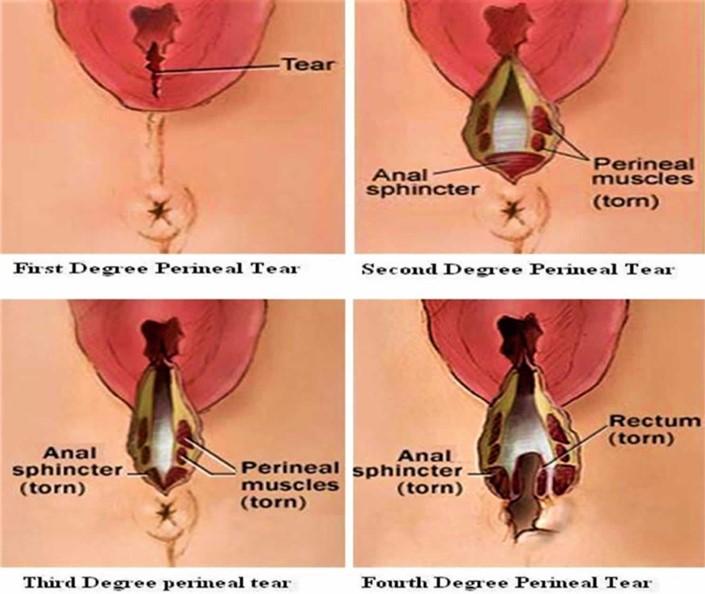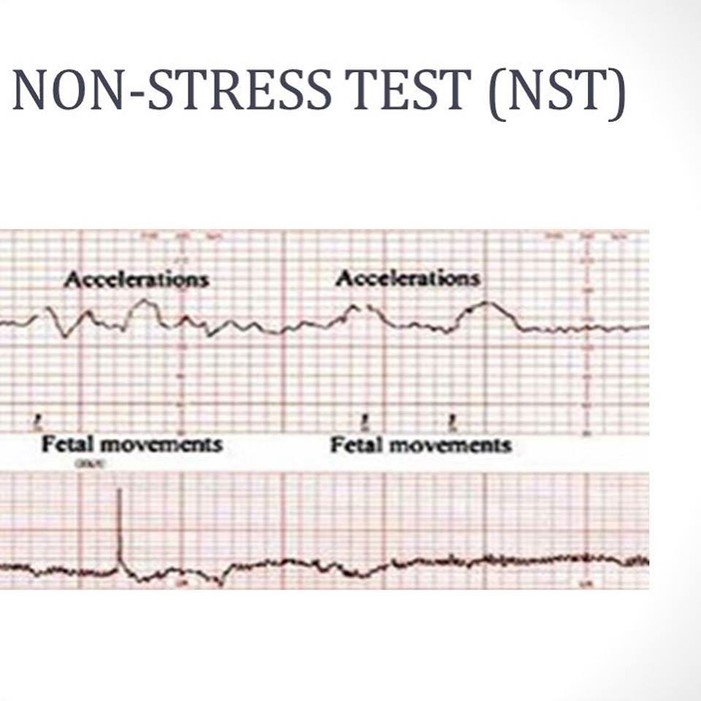A nurse is caring for a client who is 12 hours postpartum and has a fourth-degree laceration of the perineum. The nurse should take which of the following actions?
Provide the client with a cool sitz bath.
Administer methylergonovine 0.2 mg IM.
Apply povidone-iodine to the client's perineum after she voids.
Apply a moist, warm compress to the perineum.
The Correct Answer is D
A fourth-degree laceration involves a tear that extends through the perineal muscles and extends to the anal sphincter. This type of laceration requires careful management to promote healing and prevent infection. Applying a moist, warm compress to the perineum helps to promote blood flow, reduce swelling, and provide comfort to the client.
Option a) Providing the client with a cool sitz bath is not appropriate for a fourth-degree laceration. Cool sitz baths are typically used for relieving discomfort and reducing swelling in cases of perineal trauma, but in the case of a fourth-degree laceration, warm compresses are preferred.
Option b) Administering methylergonovine 0.2 mg IM is not necessary for a fourth-degree laceration. Methylergonovine is a medication used to promote uterine contractions and prevent postpartum hemorrhage. However, it is not specifically indicated for the management of perineal lacerations.
Option c) Applying povidone-iodine to the client's perineum after she voids is not recommended for a fourth-degree laceration. Povidone-iodine is an antiseptic solution used to disinfect the skin. However, it is not typically used on open wounds, such as perineal lacerations, as it may delay wound healing.

Nursing Test Bank
Naxlex Comprehensive Predictor Exams
Related Questions
Correct Answer is D
Explanation
A nonstress test (NST) is a common procedure used to assess the well-being of the fetus. During an NST, the fetal heart rate is monitored for a period of time to evaluate its response to fetal movement. In a normal NST, the fetal heart rate should show accelerations (temporary increases in heart rate) with fetal movement. Lack of accelerations can indicate fetal compromise or a non-reactive test.
In the given scenario, the absence of accelerations for 20 minutes indicates a non-reactive NST. In such cases, further interventions may be required to stimulate the fetus and provoke a response. Vibroacoustic stimulation is a non-invasive method that involves using sound or vibration to stimulate the fetus and elicit a fetal heart rate acceleration. It can be performed by placing a device on the mother's abdomen and delivering a brief sound or vibration near the fetal head.
Option a) Placing the client in the Trendelenburg position is not appropriate in this situation. The Trendelenburg position involves placing the client's head lower than the feet, and it is not indicated for a non-reactive NST.
Option b) Conducting a vaginal exam is not necessary in this scenario. The non-reactive NST indicates a lack of fetal heart rate accelerations, and a vaginal exam would not provide additional information or help in this situation.
Option c) Collecting a specimen for an indirect Coombs test is unrelated to the non-reactive NST. An indirect Coombs test is used to detect antibodies in the mother's blood that could potentially cause hemolytic disease of the newborn. It is not indicated as a response to a non-reactive NST.

Correct Answer is A
Explanation
After a client with eclampsia experiences a convulsion, the nurse should immediately prioritize ensuring adequate oxygenation for the client. Administering oxygen via a face mask at 10 L/min helps to increase oxygen levels and support the client's respiratory function. This intervention addresses the immediate need for oxygenation and helps support the client's respiratory function following a convulsion associated with eclampsia. Prompt and appropriate management of eclampsia is crucial to ensure the safety and well-being of both the mother and the fetus.
Option b) Placing the client in a Trendelenburg position (head down and legs elevated) is not appropriate in this situation. It can potentially worsen blood flow to the brain and may lead to increased intracranial pressure.
Option c) Assisting the client to void may be important for monitoring urine output, but it is not the immediate priority following a convulsion. The client's safety and stabilization take precedence.
Option d) Giving calcium gluconate is not indicated for the management of eclampsia. Calcium gluconate is used to treat hypocalcemia or as an antidote for certain medication toxicities. The primary treatment for eclampsia involves controlling and preventing seizures, which is not achieved through calcium gluconate administration.
Whether you are a student looking to ace your exams or a practicing nurse seeking to enhance your expertise , our nursing education contents will empower you with the confidence and competence to make a difference in the lives of patients and become a respected leader in the healthcare field.
Visit Naxlex, invest in your future and unlock endless possibilities with our unparalleled nursing education contents today
Report Wrong Answer on the Current Question
Do you disagree with the answer? If yes, what is your expected answer? Explain.
Kindly be descriptive with the issue you are facing.
